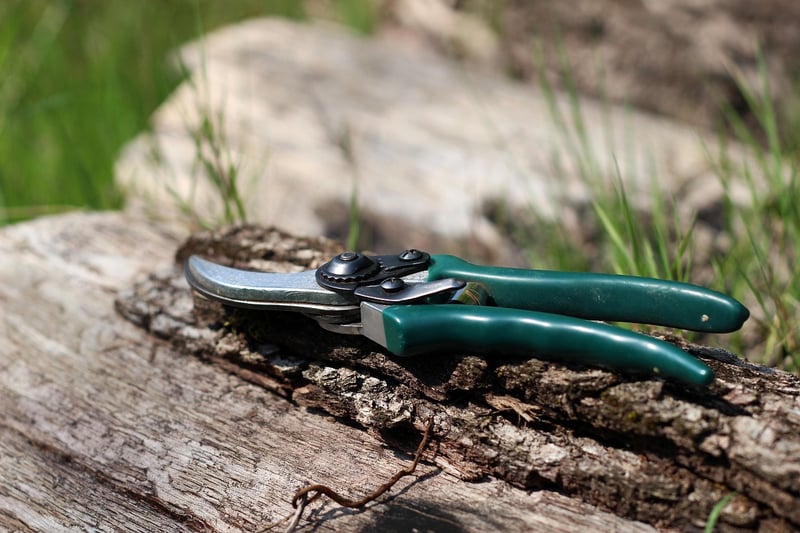Pruning Techniques
Maintaining Healthy Plants: Essential Pruning Techniques
Proper pruning is a crucial aspect of plant care that not only enhances the appearance of your greenery but also promotes their overall health and vitality. By utilizing the right pruning techniques, you can ensure that your plants thrive and flourish. Below are some essential tips to help you maintain healthy plants through effective pruning:
1. Understand the Purpose of Pruning
Pruning serves several purposes, including shaping the plant, removing dead or diseased branches, improving air circulation, and stimulating growth. Before you start pruning, identify the specific goals you want to achieve with each plant.
2. Use the Right Tools
Invest in high-quality pruning tools such as pruning shears, loppers, and pruning saws. Ensure your tools are sharp and clean to make precise cuts without damaging the plant. Clean your tools after each use to prevent the spread of diseases.
3. Timing is Key
Timing plays a crucial role in pruning. Different plants require pruning at specific times of the year to minimize stress and maximize growth. Research the ideal pruning time for each type of plant in your garden.
4. Identify Branches for Removal
When pruning, focus on removing dead, damaged, or diseased branches first. Next, eliminate any crossing or rubbing branches to prevent them from competing for space and resources. Lastly, consider thinning out overcrowded areas to improve air circulation.
5. Make Clean Cuts
When cutting branches, make clean and precise cuts close to the branch collar without leaving stubs. Proper cutting techniques promote faster healing and reduce the risk of infection or disease entry points.
6. Monitor Plant Health
Regularly inspect your plants for signs of disease, pest infestations, or other issues. Pruning provides an excellent opportunity to identify and address any plant health concerns before they escalate.
7. Seek Professional Advice
If you are unsure about the best pruning practices for a specific plant or if you encounter complex issues, don't hesitate to seek advice from professional gardeners or arborists. They can provide valuable insights and guidance tailored to your plant's needs.
By incorporating these pruning techniques into your plant care routine, you can promote the health and longevity of your green companions. Remember that each plant may have unique pruning requirements, so approach pruning with care and consideration for the individual needs of your beloved plants.

For more information on plant care and gardening tips, visit Royal Horticultural Society.
